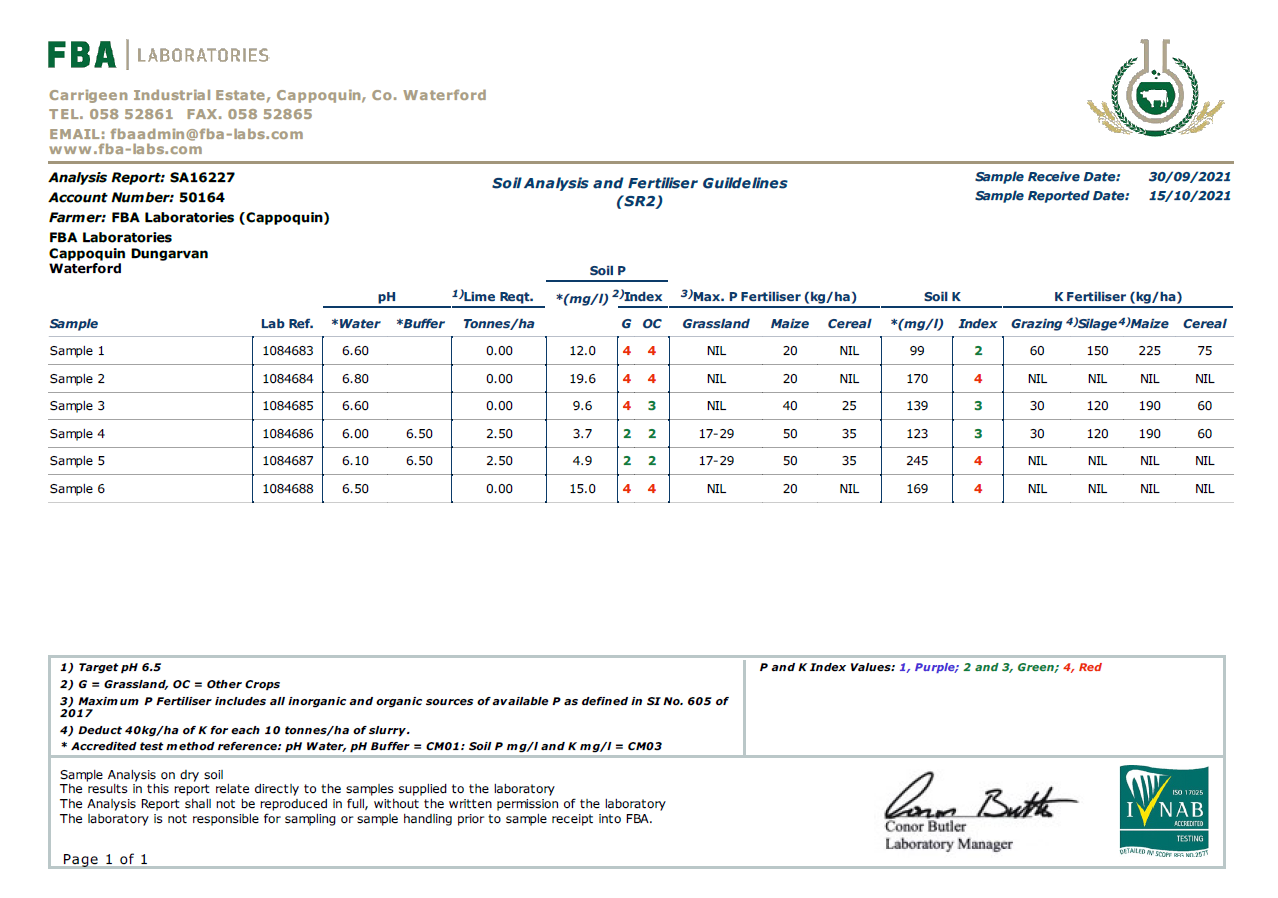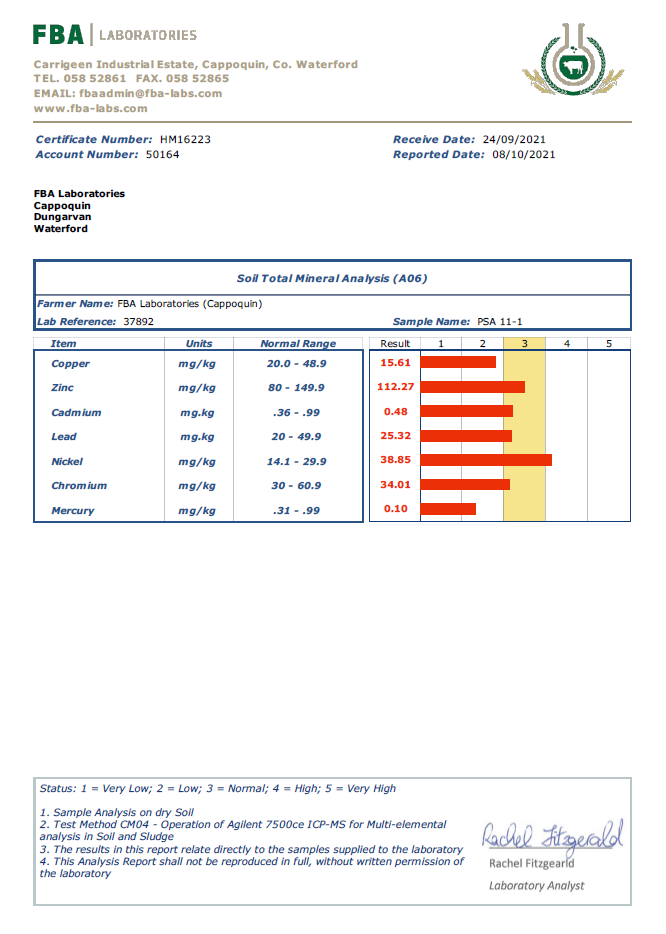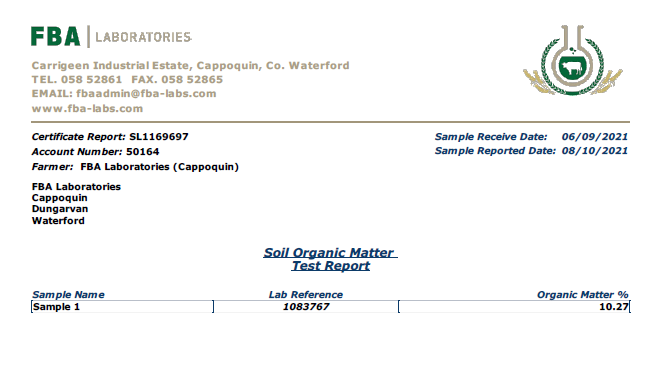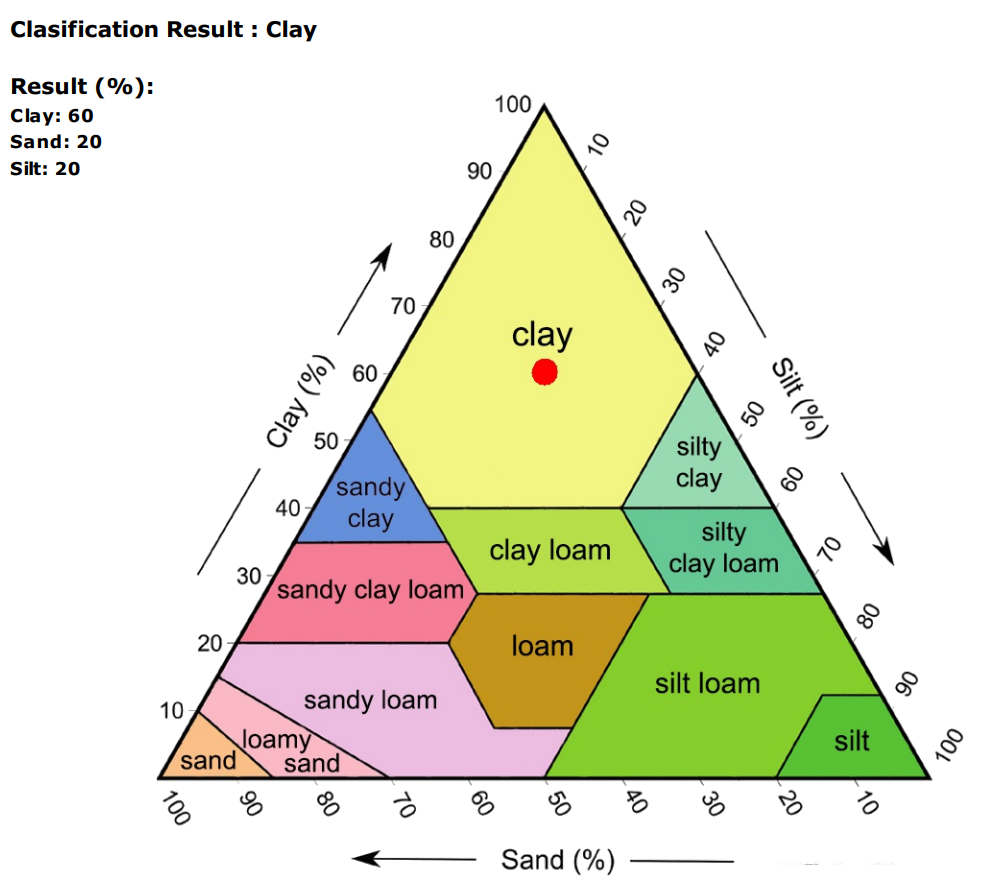





Solvita® Soil Tests capture key biological, chemical and physical traits indicating soil health functions
Soil Biological Forces interact with soil weathering to form a cornerstone of productivity and stable yields. A common feature of the soil-plant system is soil-dwelling organisms – bacteria, fungi, animals – expressing their activity and mass by metabolism – the consumption of litter and detritus and release of respired carbon as CO2. This is nature’s natural cycle.
For more information, visit: https://solvita.com

Soil texture (such as loam, sandy loam or clay) refers to the proportion of sand, silt and clay sized particles that make up the mineral fraction of the soil.
For example, light soil refers to a soil high in sand relative to clay, while heavy soils are made up largely of clay.
Texture is important because it influences:
For more information, visit:
Solvita® Soil Tests capture key biological, chemical and physical traits indicating soil health functions
Soil Biological Forces interact with soil weathering to form a cornerstone of productivity and stable yields. A common feature of the soil-plant system is soil-dwelling organisms – bacteria, fungi, animals – expressing their activity and mass by metabolism – the consumption of litter and detritus and release of respired carbon as CO2. This is nature’s natural cycle.
For more information, visit: https://solvita.com

Soil texture (such as loam, sandy loam or clay) refers to the proportion of sand, silt and clay sized particles that make up the mineral fraction of the soil.
For example, light soil refers to a soil high in sand relative to clay, while heavy soils are made up largely of clay.
Texture is important because it influences:
For more information, visit: https://www.qld.gov.au/environment/land/management/soil/soil-properties/texture